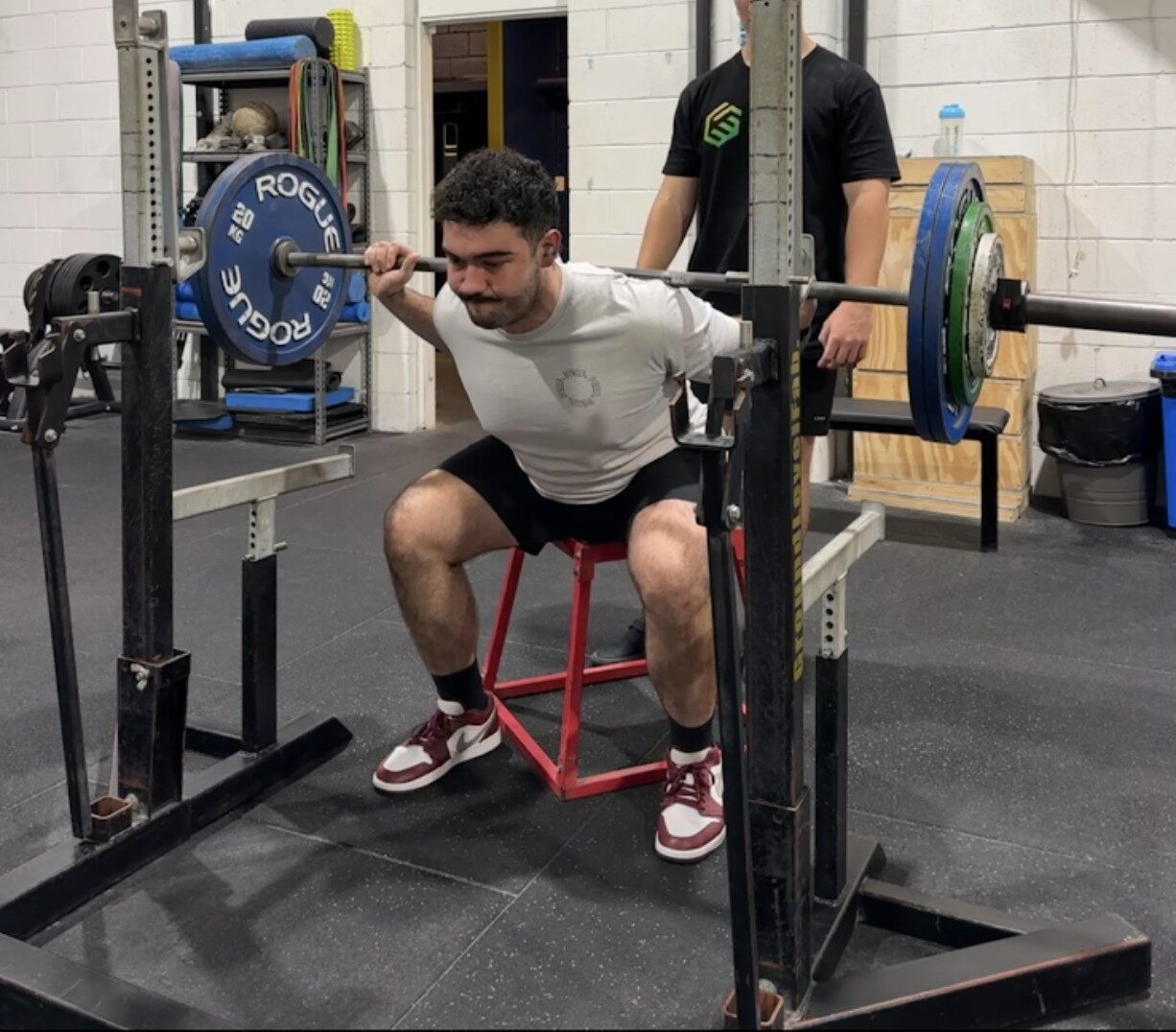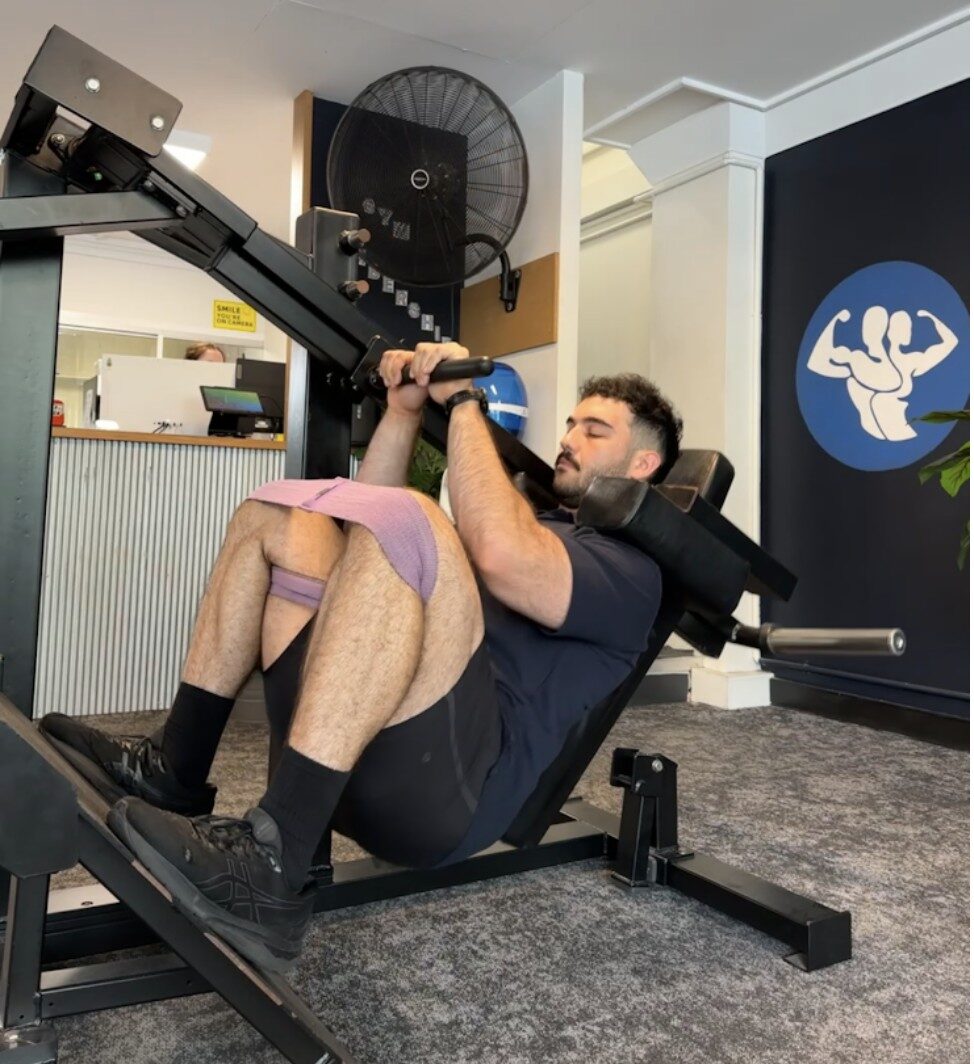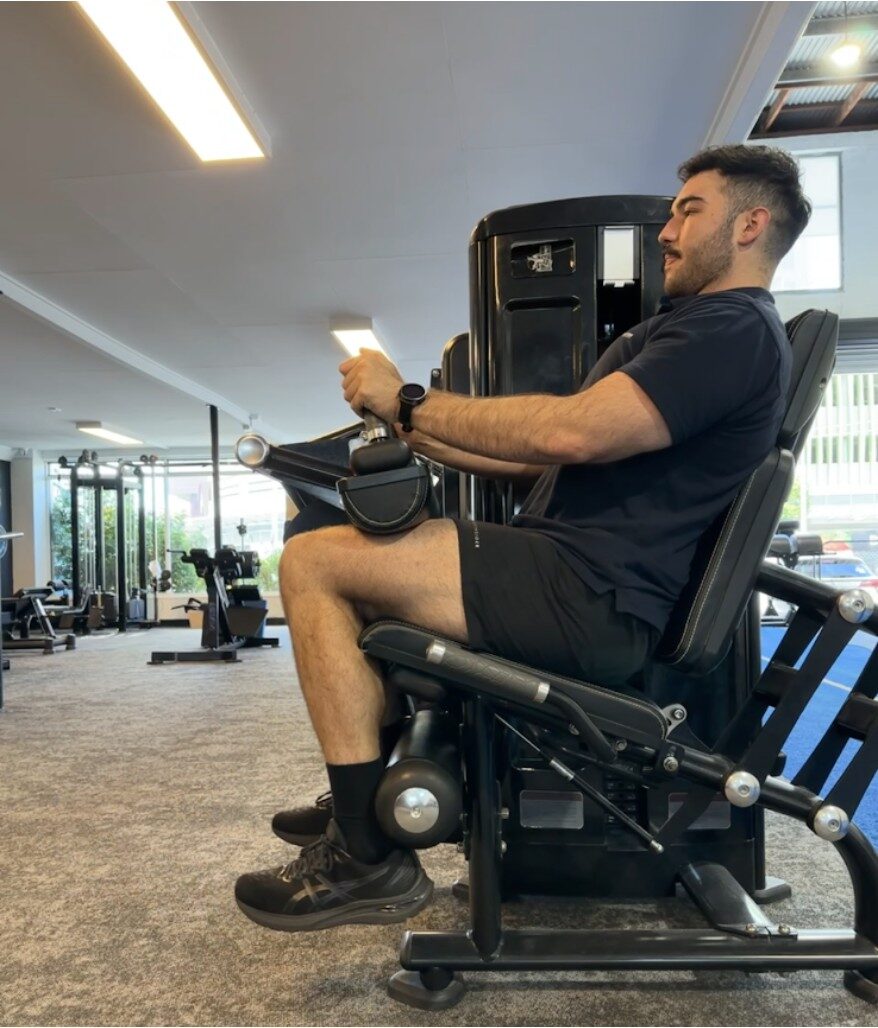Injuries can greatly affect our ability to train.
Sure, this can affect our physical wellbeing, but when training is tied to our identity and our daily routines, this can affect our psychological wellbeing also.
It’s important to start off by recognising that sometimes injuries just happen. When training, we are striving to get better each day, whether it’s improving strength, cardiorespiratory fitness, power etc. This concept of pushing our bodies comes with an element of risk. Sometimes, what we do can exceed the capacity of our tissues, whether it be directly related to the physical task at hand, or perhaps due to secondary variables such as lack of sleep, stress, lack of arousal etc.
I am writing to provide some insight as to how you can modify training for both upper and lower body safely while managing your pain or niggle. Modifying training helps with maintaining current fitness, reduces muscle wastage, and keeps you on track to achieve your goals.
Are you injured, or just feeling sore?
Being “injured” would imply there is a particular symptom that is related to a specific tissue and has a clear mechanism by which it occurred. An example of this would be feeling a “pop” with sudden sharp pain in your shoulder during a bench press which results in an inability to do subsequent sets at their intended load.
Being “sore” would imply that there is an area of the body that has a niggle that may have accumulated over a period of time OR has come up from poor movement strategies. This may not initially cause dysfunction or inability to train, though it can be sometimes uncomfortable causing a change to how you would typically move/train.
If there is a niggle or injury to the body, can you still train?
Of course! 9 times out of 10 there is always something that we can modify in your program in order to continue training. There are few circumstances that would lead us to stop complete training of a particular area, this would include broken bones OR significant muscle injuries (like tears).
Option 1: One of the easiest ways that we can modify training is through load management. This is basically reducing load and continuing to train as tolerated. This strategy allows you to continue moving your body and building on your strength without needing to push too hard whilst the area that’s affected recovers.

Option 2: The next step that I would recommend, would be to add in a variation that is a lot easier than what you were initially doing. For example, if barbell squatting causes pain/irritation in your knees, then doing a movement like the leg press can help to keep training your legs with potentially more comfort in your knees.

Option 3: Training in isolation, training the area in isolation can be a huge help. This doesn’t necessarily mean that we need to hammer the quad (front of thigh) muscles, but both front and back of the leg. Often we can find that in the case of knee pain, training the hamstring (back of thigh) can help to reduce the sensations we can get in the knee.


thigh (hamstring curl)
If options 1,2&3 don’t seem to help or help minimally. Then the next thing would be to see a movement specialist (like our brilliant Exercise Physiologists) to help work out whats going on.
Having someone who knows how the body moves and works is a great asset to have when nothing seems to be fixing the area of concern. They will be able to modify your training appropriately so that you can still train with enough intensity so that you don’t feel like you’re spinning your tires in the mud and getting nowhere.
We can apply the same thought process to any area of the body that may be “injured” or “sore”. Training doesn’t have to stop, we can modify it as we need to keep on track to your goals!
